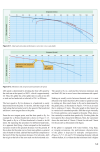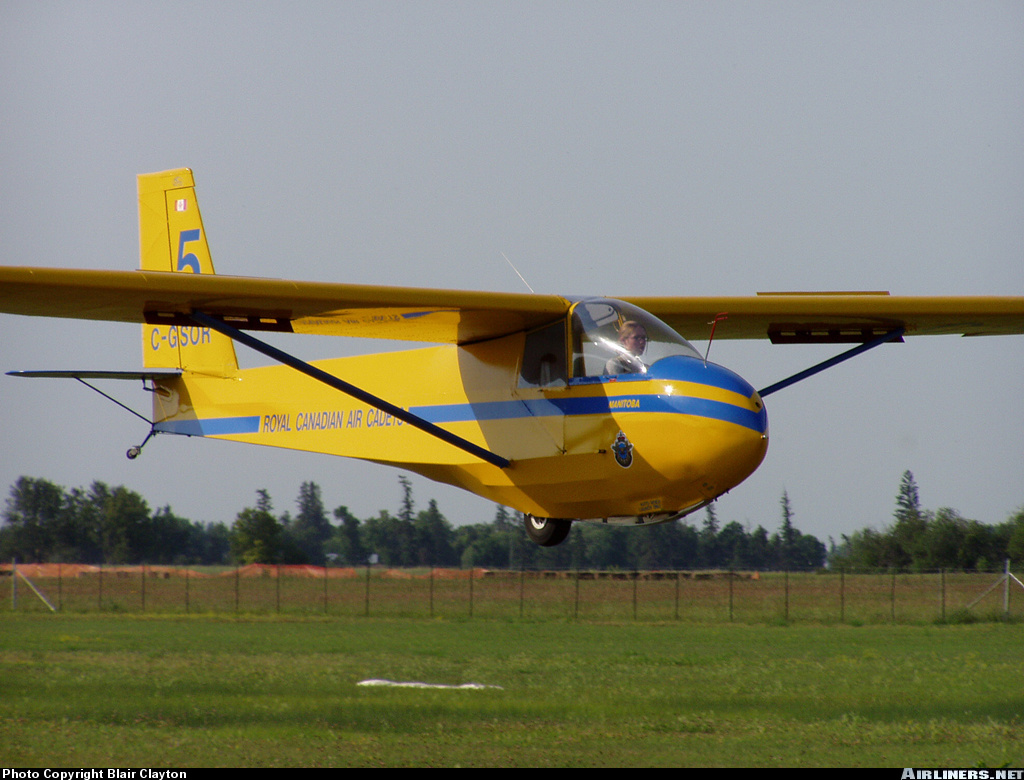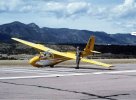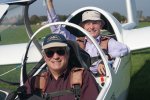Maxnr
Line Up and Wait
I swore to myself, that I would stay out of this. But I have to say ONE thing and I'm gone. Tail dragging airplanes and gliders land differently in one respect. First, I was taught to land airplanes kinda slowly. Tail draggers, nose draggers, ME's & helos. I got into gliders after a couple of thousand hrs in those and there was one new thing. That is, you are going the fastest ever in a glider when landing. And there will always be a number of those 16 yr old, recently soloed pilots watching and cruelly critiquing your landing. Raise the nose a millimeter in what they call a flare and they will call you on it. On the other hand, no one says "Boo" when I do a full stall landing in a Skyhawk. Or a normal landing. Gliders made me appreciate spoilers. I flew one Airplane that had them. Taylorcraft made a slew of "L" birds during WW2. They converted the L1 (I think that was the one) into the TG-1 glider. It was easily converted back to an airplane in the civilian market. They kept the spoilers. And there was one on my field. I was invited for a flight. Spoilers are impressive.
Last edited:







